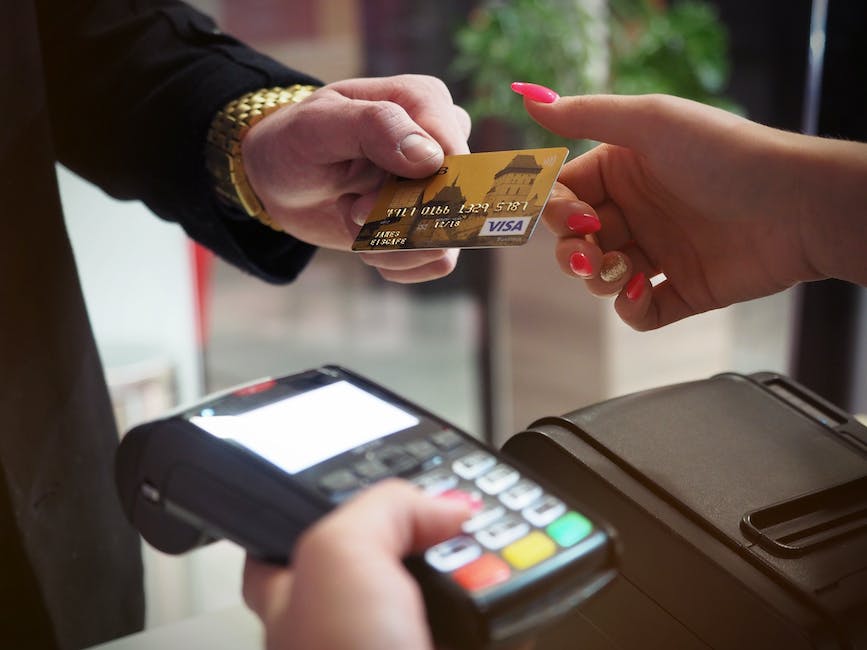How to Get Clients to Pay

Freelancers often find themselves in a tight spot when it comes to getting paid for their work. The uncertainty of payment can significantly affect their income stability and motivation to continue working. This issue not only undermines their financial security but also diminishes their enthusiasm for their craft.
In this blog post, we will discuss some crucial strategies to ensure your clients pay you on time. We will explore setting clear payment terms, using automatic invoicing tools, deploying effective communication skills, and offering diverse payment options. Let’s get started!

The Importance of Clear Payment Terms
One of the fundamental steps to ensure timely payment is to establish unambiguous payment terms. This aspect forms the backbone of your financial relationship with the client. It sets the expectations right from the beginning, preventing any miscommunication or misunderstandings down the line.
Your payment terms should clearly specify the payment deadlines, preferred payment methods, and potential penalties for late payment. By laying out these guidelines, you create a concrete framework that governs your professional interactions. This not only assures the client of your professionalism but also instills a sense of responsibility in them to adhere to the agreed terms.
The Role of Automatic Invoicing
As a freelancer, you wear many hats. From doing the actual work to managing your accounts, everything falls under your purview. In such a scenario, setting up automatic invoicing can be a lifesaver. This tool ensures that you send out your invoices promptly, thereby improving the chances of early payment.
There are various invoicing tools available in the market that can help you automate this process. These tools not only generate and send invoices but also send out reminders for overdue payments. By streamlining your invoicing process, you can save time, reduce errors, and most importantly, get paid faster.
Effective Communication with Clients
Transparent and open communication plays a crucial role in ensuring prompt payments. Establishing a clear line of communication with your clients not only fosters a healthy working relationship but also sets the tone for payment expectations. But how do you communicate effectively?
Firstly, it’s important to communicate your payment expectations from the outset. This includes discussing your payment terms, deadlines, and preferred payment methods. This way, clients are clear about what to expect and when to fulfill their payment obligations.
Secondly, keep your clients updated about the progress of the work. This not only keeps them engaged but also reassures them of the value they are getting for their money. Finally, don’t shy away from discussing payments. If a payment is due, a polite reminder can go a long way in getting you paid on time.
Remember, effective communication is a two-way street. Encourage your clients to express any concerns or questions they might have. This not only builds trust but also prevents misunderstandings that could affect payment.
The Art of Follow-ups
Following up on overdue payments can be a tricky balancing act. How do you remind your clients to pay without seeming intrusive or overly aggressive?
First, it’s crucial to maintain professionalism in your follow-ups. Use polite and respectful language, and remember to thank your clients for their business. Secondly, timing is key. Don’t wait for weeks to follow up on a late payment. Instead, send a gentle reminder as soon as the payment becomes overdue.
It’s also essential to keep your follow-up messages clear and concise. State the invoice number, amount due, and the due date. If possible, attach a copy of the invoice for reference. This makes it easy for the client to act on your reminder.
Negotiating Payment Disputes
Disputes over payments can be a challenging aspect of freelancing. However, they don’t have to spell the end of your relationship with a client. So, how do you negotiate payment disputes effectively?
Firstly, try to understand the client’s perspective. Is there a misunderstanding about the scope of work? Was the client unsatisfied with the quality of your work? Understanding the root cause of the dispute can help you address it effectively.
Once you understand the client’s concerns, offer a solution. This could involve revising the work, providing a partial refund, or coming up with a new payment plan. Remember, the goal is to resolve the dispute amicably while preserving the client relationship.
Multiple Payment Options for Convenience
As a freelancer, have you ever considered the impact of your payment options on your client’s willingness to pay? Offering multiple payment methods can significantly improve your chances of getting paid on time. The more convenient you make the payment process for your clients, the easier it is for them to settle their invoices promptly.
Diverse payment options cater to the unique needs of different clients. Some may prefer traditional bank transfers, while others might find online payment platforms more convenient. If a client has a preferred payment method and you don’t offer it, they might delay payment simply because your method isn’t convenient for them.
Popular payment options that freelancers can consider include bank transfers, credit card payments, and digital wallets like PayPal and Venmo. In addition, services like Stripe and Square enable freelancers to accept credit card payments online. It might be a good idea to research each option to understand the associated fees and choose the ones that make the most sense for your business.
Secure Payment Platforms
In today’s digital age, ensuring secure transactions is paramount. Clients need to trust that their financial information is safe when they make payments. This is where secure payment platforms come into play.
Secure payment platforms use encryption technology to protect sensitive information during transactions. This not only keeps your client’s information safe, but it also protects you from potential fraud. Some of the most trusted platforms include PayPal, Stripe, and Square, which are known for their robust security measures.
By using a secure payment platform, you’re not only protecting your client’s information but also building trust. Clients who trust your payment process are more likely to pay on time and continue doing business with you.
Building Trust through Transparent Transactions
Speaking of trust, did you know that transparent transactions can significantly enhance your credibility with clients? Transparency in transactions means providing clear, concise invoices, keeping clients informed about their payment status, and promptly addressing any concerns they may have.
Using a secure platform can play a crucial role in building this trust. When a client sees that their payment is handled through a reputable platform, they are likely to feel more confident about their financial information’s safety. This trust can lead to prompt payments and a healthier client relationship.
So, whether you’re just starting out or looking to improve your payment process, consider the convenience of multiple payment options and the security of your payment platform. These factors can greatly enhance your client’s payment experience, leading to timely payments and a successful freelance business.

Respecting Client’s Payment Cycle
As a freelancer, it’s easy to become frustrated when payments don’t arrive as quickly as you’d like. However, understanding and respecting a client’s payment cycle can lead to more consistent and timely payments. But what does this mean exactly?
Every company has its own payment cycle, which is essentially the recurring time period in which they process payments. This could be monthly, bi-monthly, or even quarterly. By understanding when your client typically processes payments, you can tailor your invoicing schedule to align with theirs.
Of course, this does not mean you should wait months for a payment if a client has a long payment cycle. It’s about striking a balance. You might ask: “Can I invoice in a way that respects the client’s payment cycle and still ensures I’m paid in a timely manner?” Absolutely!
One practical tip is to send your invoices well ahead of the client’s payment processing date. If a client processes payments on the last day of the month, try to send your invoices at least a week or two in advance. This way, your invoice will be in the queue when the company starts its payment cycle.
Legal Options for Non-Payment
Despite your best efforts, there may be times when a client does not pay. While it’s not an ideal situation, it’s important to know that you do have legal options available. But when should you resort to legal action? And what does the process entail?
Legal action should typically be a last resort. Before going down this path, make sure you have exhausted other options. This includes sending multiple reminders, having discussions with the client, and even offering a payment plan if cash flow is a problem for them.
If these strategies fail, and the amount owed is substantial, you may consider taking legal action. Depending on your location, this could mean filing a claim in small claims court or hiring a lawyer to send a demand letter. Both of these options signal to the client that you are serious about receiving payment.
Legal action can be a lengthy and sometimes expensive process. Therefore, it’s crucial to assess whether it’s worth the time, cost, and potential damage to your professional relationship. In other words, is the juice worth the squeeze?
In conclusion, while freelancing offers many benefits, it also comes with its own set of challenges. One of the main challenges is ensuring consistent and timely payment from clients. By understanding and respecting client payment cycles, maintaining clear communication, and knowing your legal options, you can mitigate these challenges and ensure a steady income stream.
Get Organized & Win More Clients
Kosmo has everything you need to run your freelancing business.